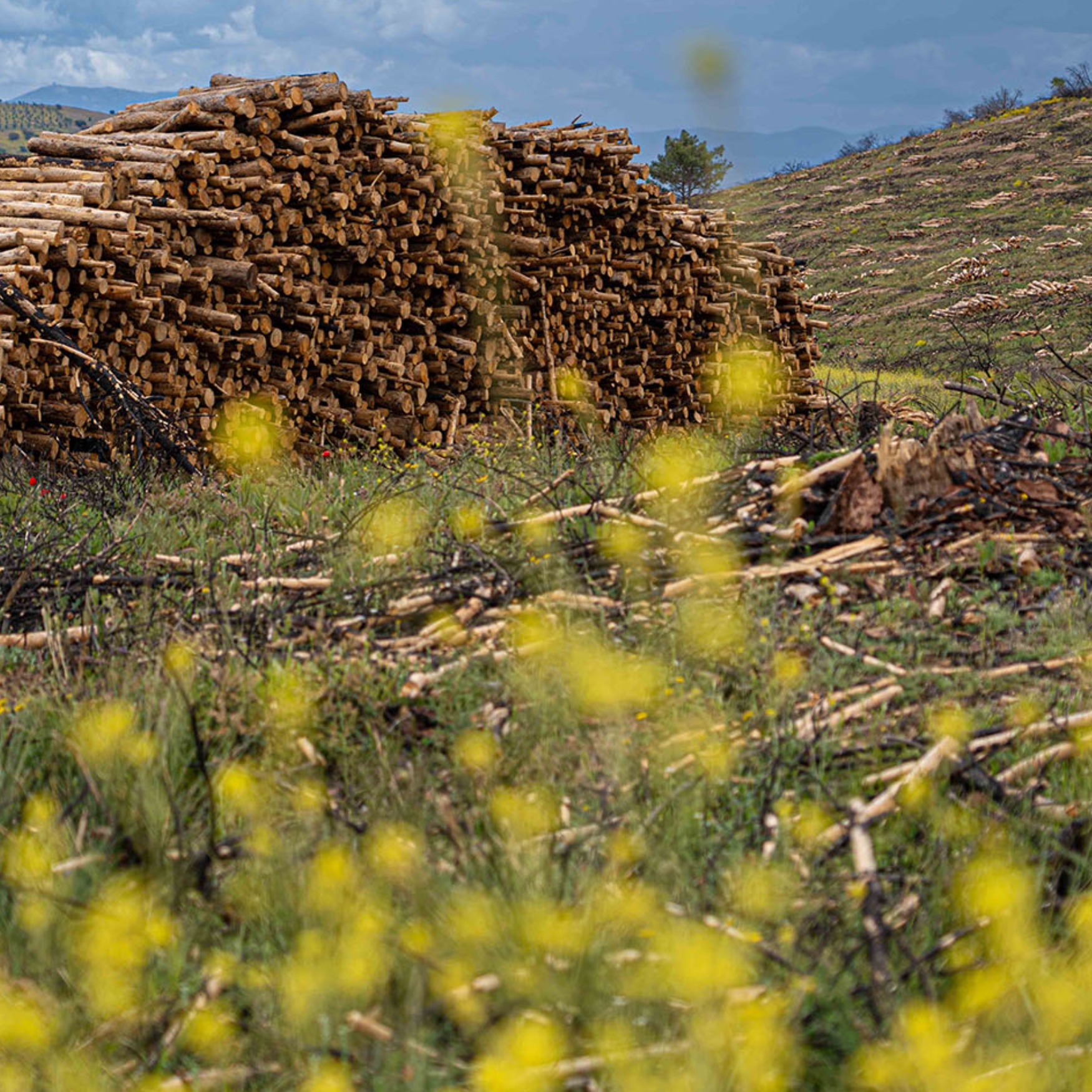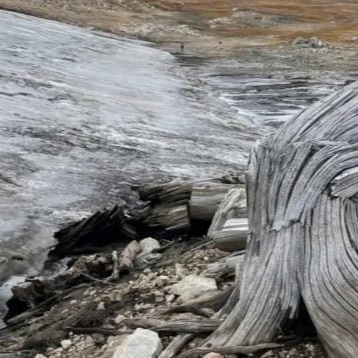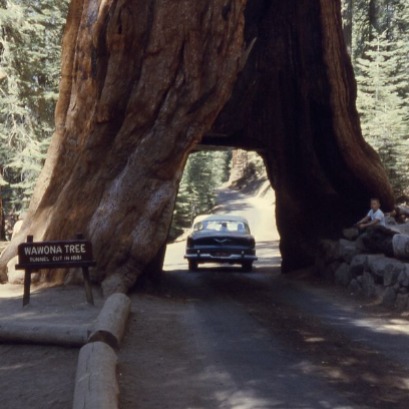
Is forest biomass the solution to avoid fires?
With the arrival of summer, we face the threat of forest fires. High temperatures, the state of forests or prolonged drought create the conducive conditions for the propagation of fire. Spain is the third country in Europe in total area affected by forest fires. According to data from the State Committee on Coordination and Emergency Directorate against Forest Fire (CECOD), in 2023 the total number of fires descended compared to the previous year, but increased hectares and the so -called forest fires increased, those that affect more than more than 500 hectares. In total, more than 89,000 hectares ended up affected.
Given this situation, the need to implement sustainable forest management arises that contemplates the conservation and maintenance of forests to prevent fires. Veolia, a leading decarbonization and circular economy company, is one of the main actors in the conservation and naturalization of forest spaces thanks to its subsidiary Veolia Biomasa. , the company carries out preservation actions such as controlled clarif. This technique reduces the density of trees per hectare, optimizing the forest mass and creating areas with lower plant fuel load, which facilitates the containment and control of the fire in case of fire. In addition, it reinforces the resilience of forests and their recovery ability. The province of Zamora, Ávila, Madrid, Albacete and Cuenca. which reinforces Veolias commitment to ecological transformation and circular economy. In this way we promote a sustainable and rational exploitation of forest resources, thus helping to promote the proximity economy and generating an economic benefit in rural areas, ?explains Miguel Ruíz-Galvez, director of Veolia Biomasa. > , Veolia Biomasa has the southern certification, a system that guarantees the traceability and origin of all the biomass produced and that, therefore, meets the strictest established sustainability requirements by the European Directive of Renewable Energies. This voluntary sustainability certification, developed by Redcert and Bioenergy Europe, ensures the environmental responsibility and sustainability of biomass managed by Veolia, allowing its customers to compensate for the emissions derived from their production processes.
IT MAY INTEREST YOU
 Mouliá participated in the presentation of the 10th Wood Expo at the ADS25 event
Mouliá participated in the presentation of the 10th Wood Expo at the ADS25 event
José Moulia, on behalf of the Government of Entre Ríos, participated in the Opening Panel of the ADS25 exhibition, developed on April 23 and 24 at the Higher School of Architecture and Design of the University of Morón. The meeting brought together professionals, academics and representatives of the construction sector committed to innovative and sustainable approaches.
 Unusual finding: a pine forest in excellent condition emerges after 6,000 years buried under the ice
Unusual finding: a pine forest in excellent condition emerges after 6,000 years buried under the ice
In the world there are millions of forests. Some are close to urban centers, others in remote and inaccessible places, but they all fulfill a key role: maintain the balance of the planet. They are literally the lung of the earth. When talking about a new forest, the first thing that comes to mind is usually reforestation, a recent plantation or the recovery of an area razed by fire. But this discovery is on another way. It is not a forest sown recently. It is an old forest, which was there for thousands of years, buried under the ice. And now, with the thaw caused by global warming, he has emerged again.
 Wawona tree: the tourist attraction of the United States that disappeared in 1969
Wawona tree: the tourist attraction of the United States that disappeared in 1969
It was created in 1881 and became a very popular place during the following decades. However, when the tree fell at the close of the 1960s, everything changed. Wawona tree was the name that had a tourist attraction from the United States, which remained standing from 1881 to 1969 in Mariposa Grove, Yosemite National Park, California.




















